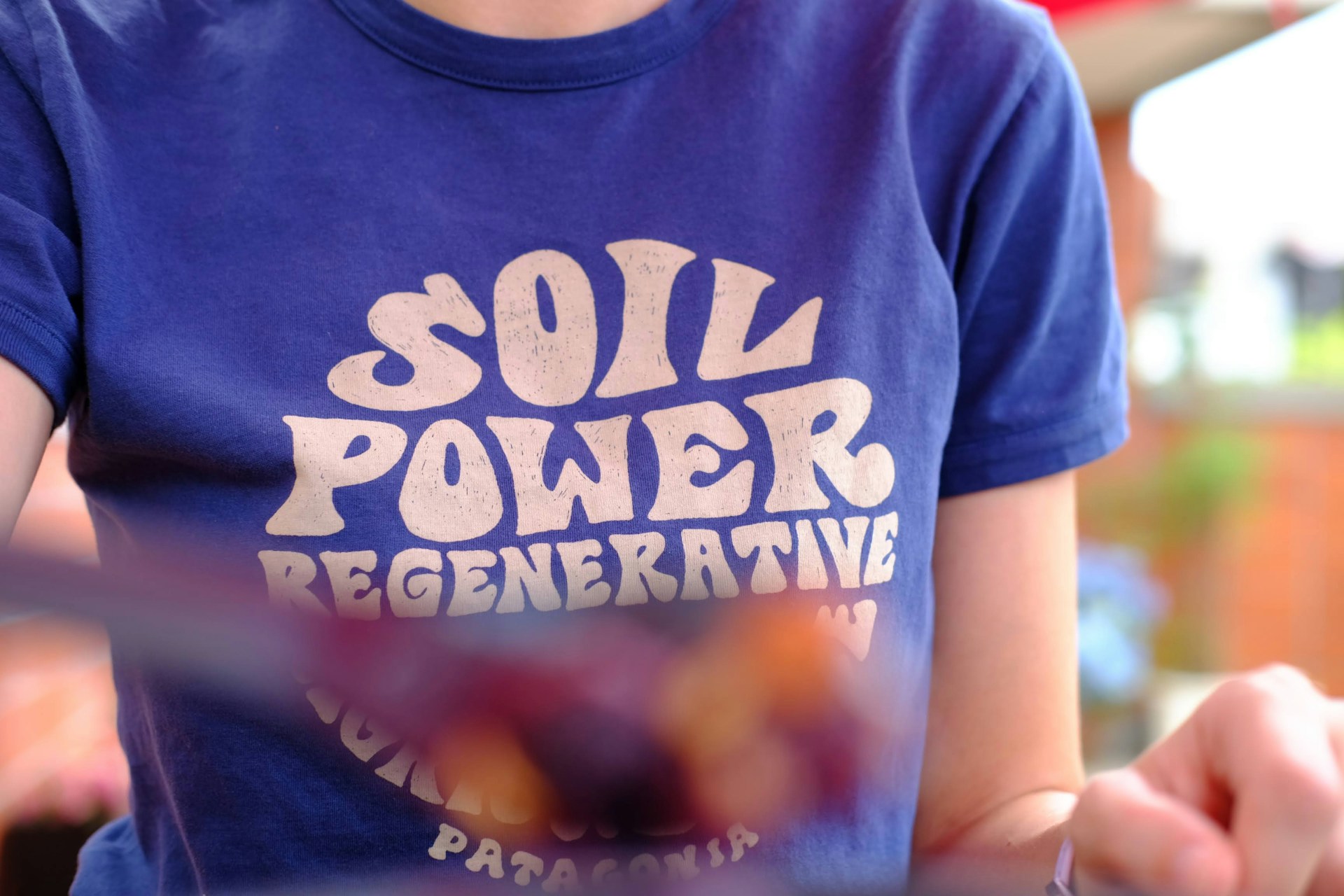Your regenerative business doesn’t just sell a product. That might be the most visible result, but there’s so much more. You’re growing soil, restoring ecosystems, and remaking local economies. Of course, it’s kind of hard to get that message across to your customers (or why they should care about it).
Terms like “regenerative agriculture” or “closed-loop systems” are pretty foreign to the average consumer today. But that doesn’t mean they don’t care about the concepts or their impacts. They just don’t know the jargon. It’s your job to simplify the message and turn it into something that really clicks.
There’s good news. Education is a powerful marketing tool. When done right, it helps your customers understand what makes your business different, but also gives them a reason to care about things like improving biodiversity and increasing soil health. It’s also a great use of content marketing.
But why should you invest in educating your customers?
Why Educating Your Market Matters
Regenerative practices can feel abstract or even invisible to the average consumer. Sure, they may know your veggies are organic or your wool is sustainable, but do they understand how your methods go beyond sustainability? You’re not just avoiding harm. You’re actively healing systems. That matters a lot, but only if your audience understands it.
Education builds trust. It helps customers connect the dots between what you sell and the benefits to your customers and the planet. And when you make regeneration relatable through storytelling and ethical content marketing, you’re not just another business selling whatever it is you offer. You’re giving people a sense of purpose in what they buy. That also comes along with a sense of agency and control. The word “empower” is so overused today, but it’s pretty apt here.
So, how do you condense huge topics like soil health or closed-loop systems into something bite-sized and easily digestible?
The Art of Simplifying the Complex
One of the challenges is breaking down intricate processes without watering them down. Think about your audience: they’re busy, curious, and looking for something meaningful. They want the “why” behind your practices, not necessarily a deep dive into soil microbiology. There’s a place for both in your content marketing strategy.
Speak to Their Values
Customers care about their health, their families, and their communities. Frame your practices in ways that touch on those. For instance, if you’re raising grass-fed beef in a way that sequesters carbon, talk about how that process protects the climate, creates local jobs, and ensures healthier land for future generations.
Of course, you might prefer to avoid a polarizing topic like climate change (who would have thought ecological protection would become political?), so you’ll want to approach it in terms of ecosystem restoration rather than carbon sequestration.
That’s simple enough to do. No one actually likes pollution or litter or environmental destruction. So use your content marketing to highlight how your practices protect nature instead of destroying it.
Use Visuals and Stories
A picture of your farm’s lush pastures or a short video of your team explaining how you harvest honey can do wonders. Better yet, tell stories about the impact you’re making, like the neighbor who noticed more birds after you planted a pollinator garden.
You can build on that information now or down the road. It’s a short segue from talking about a pollinator garden to highlighting the role of native plants or talking about pollinators other than European honeybees and their role in the ecosystem.
Make It Local and Tangible
Regeneration often begins at the local level, so show customers how their choices support their own communities. Talk about how your methods improve local soil, create jobs, or keep dollars circulating in the area.
Two of those topics (jobs created and dollars circulating) are great options to help you connect with audiences who might be politically disinclined to support anything that might benefit the climate. If you can focus on the number of jobs per acre you’re creating, or how much longer money stays in the local economy, you’ll connect with them.
Real-World Examples
Let’s look at some smaller businesses that are getting this right:
- Soul Fire Farm (New York): This Afro-Indigenous farm uses regenerative practices and centers its messaging around food justice. They educate their audience about how their methods restore land and empower marginalized farmers. They’ve built a devoted community by offering workshops, writing blog posts, and being transparent about their mission.
- Perennial Pantry (Minnesota): This company specializes in perennial grains like Kernza, which can make a major difference when it comes to soil health. They break down the science of regenerative grains into simple language. Their messaging connects the dots between Kernza’s deep roots and its ability to fight climate change while producing delicious food.
Both of these businesses have turned regenerative practices into a core part of their story, and their customers don’t just buy their products. They believe in their mission.
Tips for Making Regeneration Relatable
How do you make your mission more relatable and understandable? Here are a few tips:
- Create Transparency: Show your process. Whether it’s photos of your compost pile or a blog about how you minimize packaging waste, invite people behind the scenes.
- Get Interactive: Host farm tours, run workshops, or use social media to answer questions. A little direct interaction can go a long way in building trust.
- Celebrate Wins: Did you hit a milestone, like planting your 1,000th tree? Share it. Customers love to see their support making a difference.
The Ripple Effect
When you educate your customers, you’re doing more than marketing. You’re creating converts and hopefully advocates. They’ll spread the word and maybe even take some regenerative steps in their own lives. The more people understand and value regeneration, the more the movement grows.
If you need help working those messages into your content marketing, we’d love to help. Get in touch today.
